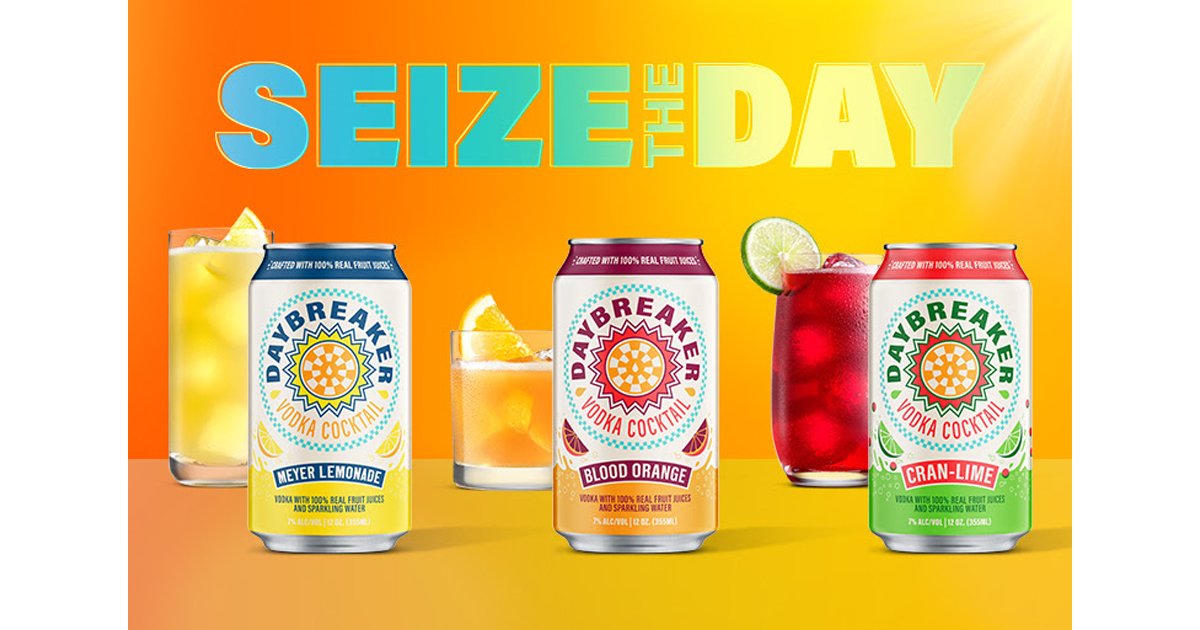
In general, ozone treatment resulted in a population reduction of 5-log in E. (2009) evaluated the efficacy of gaseous ozone for inactivation of E. Furthermore, atypical bacterial strains not representative of strains reasonably expected in a given food should be avoided as surrogates ( Gurtler et al., 2010). One objective of the study was screening for inactivation of nonpathogenic and virulent bacteria in orange juice treated using PEF for careful selection of a nonpathogenic surrogate intended to represent known pathogenic bacteria in microbial inactivation studies. coli O157:H7, two strains of Salmonella Typhimurium, and 20 strains of nonpathogenic bacteria were examined using a PEF treatment at different dosages and temperatures. In orange juice, the enterohemorrhagic strain E. A 5.9-log reduction in Salmonella populations was observed in freshly squeezed orange juice without pulp at 90 kV/cm, 50 pulses, and 55☌. Cell death and injury were greatly increased at or above 46☌. Salmonella Typhimurium levels were reduced in juices treated using an increase in pulse number and treatment temperature. (2002) reported combination of moderately high temperatures of <60☌, antimicrobial compounds, and a PEF treatment for inactivation of Salmonella Typhimurium in pasteurized and freshly squeezed orange juice with and without pulp.

HHP, high hydrostatic pressure PEF, pulsed electric fields UV, ultraviolet light. Use of TiO 2-coated UV lamps is a time-saving approach since TiO 2 particles are not necessary and reactions occur homogeneously with no concern for particle settling ( Maness et al., 1999).ĩ0 kV/cm, 50 pulses, 55☌, nisin 27.5 U/mL, lysozyme 690 U/mL Lamps coated with TiO 2 particles for generation of oxidizing radicals using UV light were also reported ( Shahbaz et al., 2016a,b Yoo et al., 2015). (1999) reported use of suspended TiO 2 particles in a reaction vessel and continuous stirring of the reaction medium to maintain maximal mixing and to avoid settling of TiO 2 particles. coli O157:H7 in orange juice was reduced by 4.7-log when TUVP treatment of oranges was followed by HHP treatment of juice, indicating a synergistic inactivation effect. coli O157:H7 in juice produced using photocatalytically-treated oranges was decreased by 1.7-log. (2015) demonstrated use of a UV-TiO 2 photocatalytic oxidation process for decontamination of orange fruit surfaces. Table 18.2 shows inactivation of pathogens in orange juice subjected to different processing treatments. Salmonella is an important causal organism for outbreaks related to consumption of unpasteurized orange juice ( Aneja et al., 2014). Minimally processed orange juice experiences a high consumer demand but there is a potential microbiological risk due to acid-tolerant bacteria ( Anvarian et al., 2016). Orange juice is available in a range of forms from highly processed to minimally processed products. Orange juice packaged in multilayer PET with improved O 2 barrier properties showed better ascorbic acid content and color in orange juice during 9 months of storage. Orange juice aseptically packaged in monolayer PET bottles has a poor retention of ascorbic acid, and the shelf life is shorter than that for juice bottled in glass or multilayer PET. Recent developments in barrier coatings for PET have led to increasing use of PET bottles for fruit juices, and this trend is likely to accelerate. However, the O 2 barrier properties of PET are insufficient to give a satisfactory shelf life unless the product is kept at chilled temperatures.

PET bottles are increasingly replacing glass for the packaging of beverages. If oxygen penetrates through the packaging material, it causes deterioration of orange juice. During processing, packaging, and storage, juice can suffer several important quality changes. Today’s consumers desire high-quality foods with fresh flavor, texture, and color, and orange juice is the most appreciated and consumed juice because of its pleasant taste and high ascorbic acid content. Fruit juices were originally developed to use up the surplus fresh fruit production, but now in many areas fruits are especially grown for juicing. Orange juice is the predominant juice manufactured by the juice industry worldwide and is consumed in relatively high quantities in many countries. Rabia Naz, in Fruit Juices, 2018 31.3 Conclusion


 0 kommentar(er)
0 kommentar(er)
